
A pawnbroker is an individual or business that offers secured loans to people, with items of personal property used as collateral. The items having been pawned to the broker are themselves called pledges or pawns, or simply the collateral. While many items can be pawned, pawnshops typically accept jewelry, musical instruments, home audio equipment, computers, video game systems, coins, gold, silver, televisions, cameras, power tools, firearms, and other relatively valuable items as collateral.

Cornelius Vanderbilt, nicknamed "the Commodore", was an American business magnate who built his wealth in railroads and shipping. After working with his father's business, Vanderbilt worked his way into leadership positions in the inland water trade and invested in the rapidly growing railroad industry, effectively transforming the geography of the United States.

Cornelius "Corneil" Vanderbilt II was an American socialite and a member of the prominent United States Vanderbilt family.

From the late 1870s to the 1920s, the Vanderbilt family employed some of the best Beaux-Arts architects and decorators in the United States to build an unequaled string of townhouses in New York City and palaces on the East Coast of the United States. Many of the Vanderbilt houses are now National Historic Landmarks. Some photographs of Vanderbilt residences in New York are included in the Photographic series of American Architecture by Albert Levy (1870s).

Jacob Henry Schiff was a German-born Jewish American banker, businessman, and philanthropist. Among many other things, he helped finance the expansion of American railroads, and the Japanese military efforts against Tsarist Russia in the Russo-Japanese War.

The Jewelry District is a section of Downtown Los Angeles where a variety of jeweled products are sold.
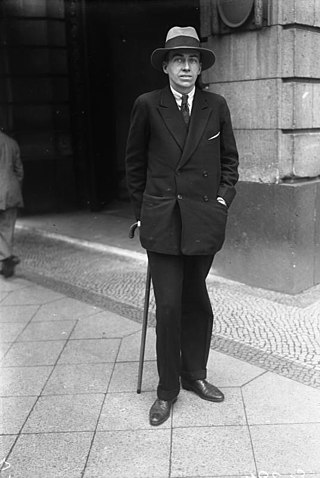
Cornelius Vanderbilt IV was a newspaper publisher, journalist, author, and military officer. He was an outcast of high society, and was disinherited by his parents when he became a newspaper publisher. He desired to live a "normal" life but was burdened by large debt and could not maintain the lifestyle associated with his family's social position to which he had become accustomed.

Pawnbroking, lending money on portable security, began in ancient history. The practice was widespread in many parts of the world, from ancient Greece to medieval China and medieval Europe.

Virginia Fair Vanderbilt was an American socialite, hotel builder/owner, philanthropist, owner of Fair Stable, a Thoroughbred racehorse operation, and a member of the prominent Vanderbilt family by marriage.

47th Street is an east–west running street between First Avenue and the West Side Highway in the borough of Manhattan in New York City. Traffic runs one way along the street, from east to west, starting at the headquarters of the United Nations. The street features the Diamond District in a single block, where the street is also known as Diamond Jewelry Way, and also courses through Times Square.
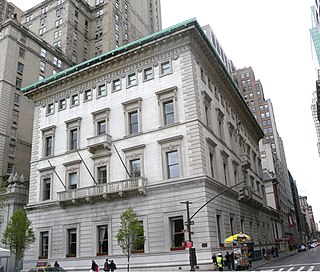
The Metropolitan Club of New York is a private social club on the Upper East Side of Manhattan in New York City. It was founded as a gentlemen's club in 1891 for men only, but it was one of the first major clubs in New York to admit women, though they still represent a minority.
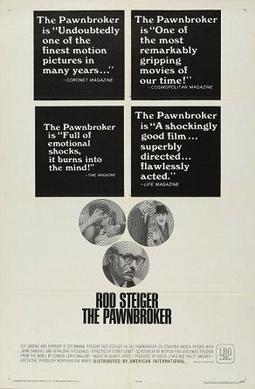
The Pawnbroker is a 1964 American drama film directed by Sidney Lumet, starring Rod Steiger, Geraldine Fitzgerald, Brock Peters and Jaime Sánchez. The screenplay was an adaptation by Morton S. Fine and David Friedkin from the novel of the same name by Edward Lewis Wallant.
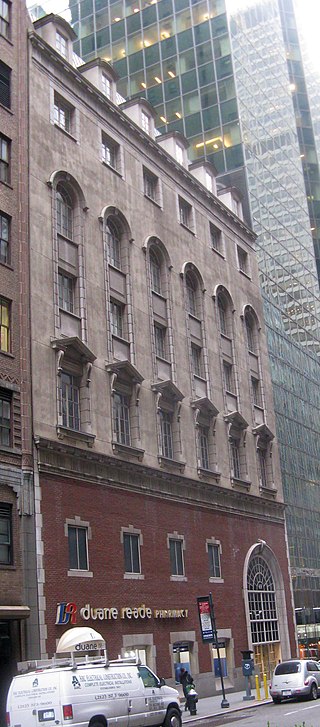
The CBS Studio Building is a seven-story office building at 49 East 52nd Street in Midtown Manhattan, New York City. It has had various uses at different times, including serving as a Vanderbilt family guest house, the first graduate school of the Juilliard School, CBS Radio studios, and Columbia Records studio.

Hardcore Pawn is an American reality television series produced by RDF USA and Richard Dominick Productions for truTV about the day-to-day operations of American Jewelry and Loan, a family-owned and -operated pawn shop and broker in Detroit, Michigan's 8 Mile Road corridor.
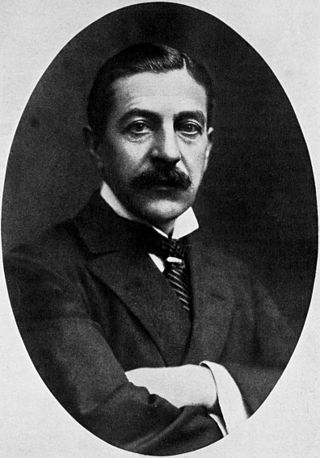
James Joseph Speyer was an American banker based in the city of New York. Speyer was a well-known figure on Wall Street and the firm of Speyer & Co. was well respected. It closed in 1939. Speyer was actively involved with many social, educational and cultural organizations in New York City. The House of Speyer was the third largest investment banking firm at its peak in 1913, when it managed $2.443 billion, the 2021 equivalent of $50 billion.
Leslie Gold is an American pawnbroker, reality TV star, author, and media personality. He is known for his role on cable and satellite television truTV's reality series, Hardcore Pawn.

Henry Keep was an American currency speculator, banker, stock speculator, and railroad financier who invested heavily in the Chicago and North Western Railway, Cleveland and Toledo Railroad, Michigan Southern and Northern Indiana Railroad, and New York Central Railroad. He was treasurer of the Michigan Southern and Northern Indiana Railroad from 1861 to 1863, and briefly president of the New York Central Railroad in 1866.

Marshall Orme Wilson was an American banker and prominent member of New York Society during the Gilded Age.
Cornelius Jeremiah Vanderbilt was an American member of the Vanderbilt family. After having a troubled relationship with his father, Cornelius Vanderbilt, he eventually committed suicide at the age of 51.
Charles Robert Winston (1915–2003) was an American jeweler, sculptor, and educator. He was known for his organic forms and sculptural jewelry in 1950s and 1960s. Winston was a co-founder of the Metal Arts Guild of San Francisco, a non-profit, arts educational organization. In 1997, he was honored as a Fellow of the American Craft Council.





















